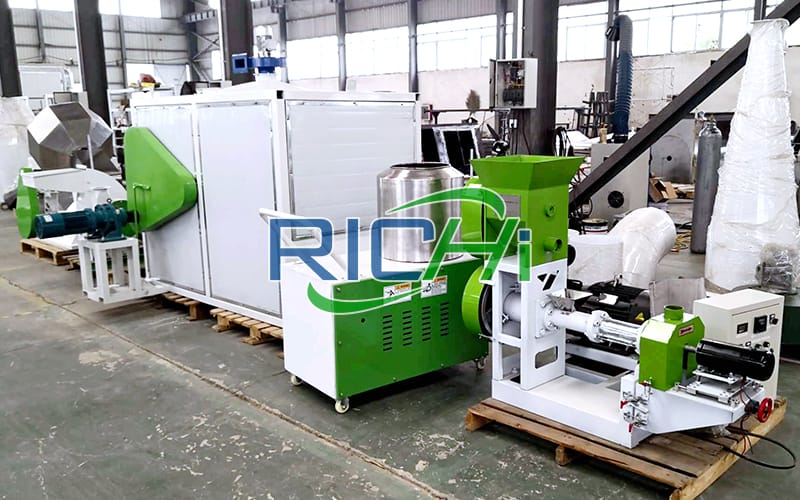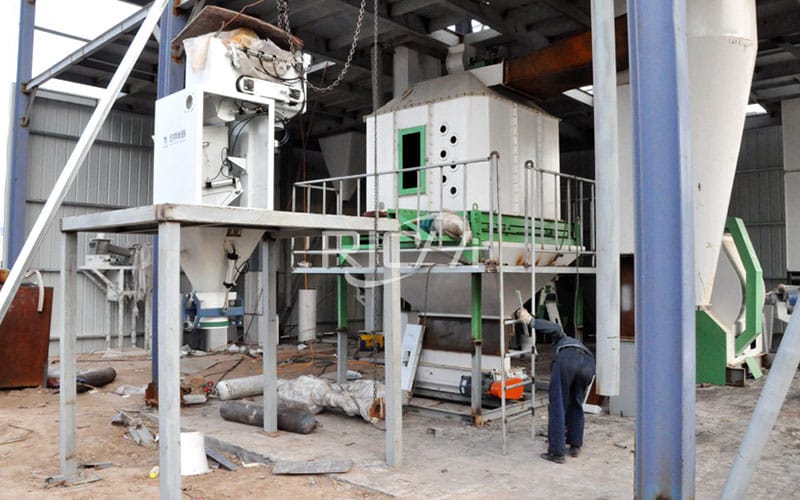
Global Success Stories in Aquafeed Mill Plant
Discover how our solutions are transforming aquafeed production worldwide
At RICHI Machinery, we have successfully supplied aquafeed production lines to our clients across the globe, helping them increase their aquafeed production capacity in various industries. RICHI aquatic feed turnkey solutions are designed to meet the specific needs of a wide range of feeds for different aquatic species. From large-scale fishing farms to commercial aquafeed production line, learn how our expertise and cutting-edge technology are shaping the future of aquafeed production in multiple countries!






















